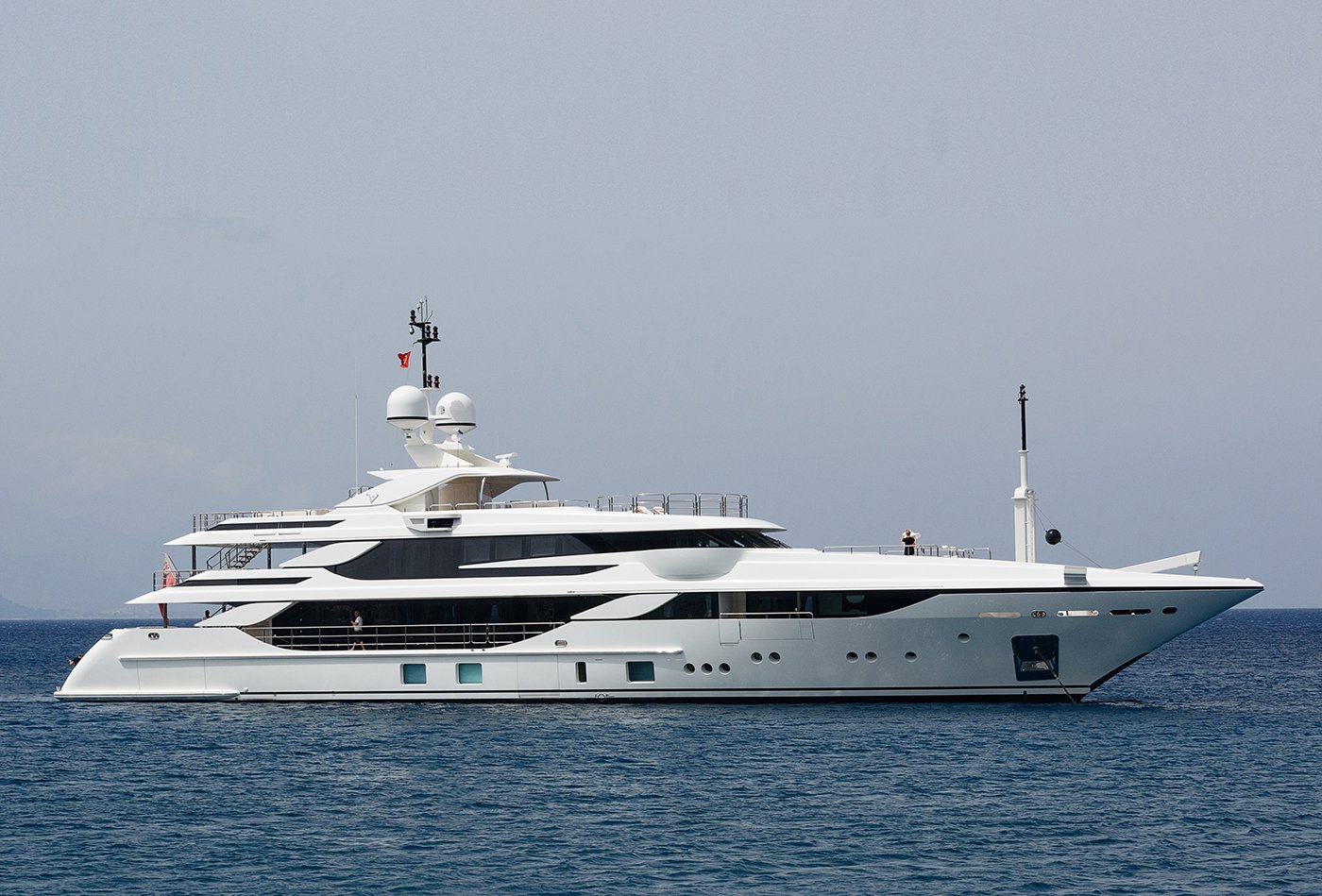
Should you use a Marine Surveyor? The answer is a resounding YES. Look what they can find for you.
In the first instance most insurance companies and banks will require a survey especially on older vessels. They wish to understand the condition and ascertain whether the yacht/boat is a good risk or whether the bank is prepared to lend money on the yacht.
The more pragmatic reason is that knowing the condition of your yacht prior to offer and consequent purchase often saves you money.
If you buy without engaging a Professional Marine Surveyor:
- You may find at a later date a serious issue that would have been picked up.
- You lose an opportunity to negotiate a final sales price on a used boat.
- You may be unable to obtain finance or insurance until a survey is submitted.
- You may be out of pocket when your finance/insurance company requires remedial work to the vessel.
However over and above the commercial reasons, the most important reason to survey your vessel is your crew safety.
„OSMOSIS“
The term “osmosis” was coined in the early 70’s to describe the blistering found on many GRP boat hulls and is now in common usage.
A GRP boat hull is a usually a mixture of polyester resin reinforced with glass fibres, created in layers which forms a laminate. This laminate will have small voids, air pockets and microcracks within the resin and at the interface between the resin and the glass fibres. Water diffuses into and passes through the gel coat and the laminate as water molecules, not a liquid. Water may pass slowly through a GRP hull in this way or the water molecules can collect and condense within these voids. Within the voids/laminate are various water soluble components. These are solvents and unreacted constituents from the manufacturing process.

The water within the voids dissolves and reacts with these components. (Hydrolysis). The ongoing (Hydrolysis) will continue within the voids enlarging the cavities and forming a solution. The solution is water absorbing (“hydroscopic”) and once the solution is released in the voids it accelerates the rate of water absorption into the laminate. This process will not be reversed by taking the boat out of the water. As this continues the voids are increased in size and the pressure within increases. At some point the pressure may become too high for the surrounding material to support and a blister is formed. As this process continues, moisture continues to be absorbed, the laminate break down accelerates and more blisters are formed. In time some larger blisters may develop within the laminate as well as those more commonly occurring between the gel coat and laminate.
Eventually at this stage, treatment will be required as the structural integrity of the hull can be effected.
A professional boat surveyor will recognize the early signs of boat osmosis.
